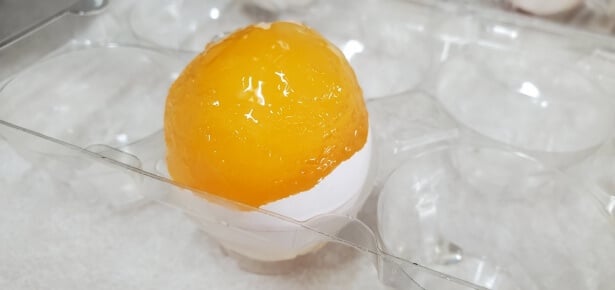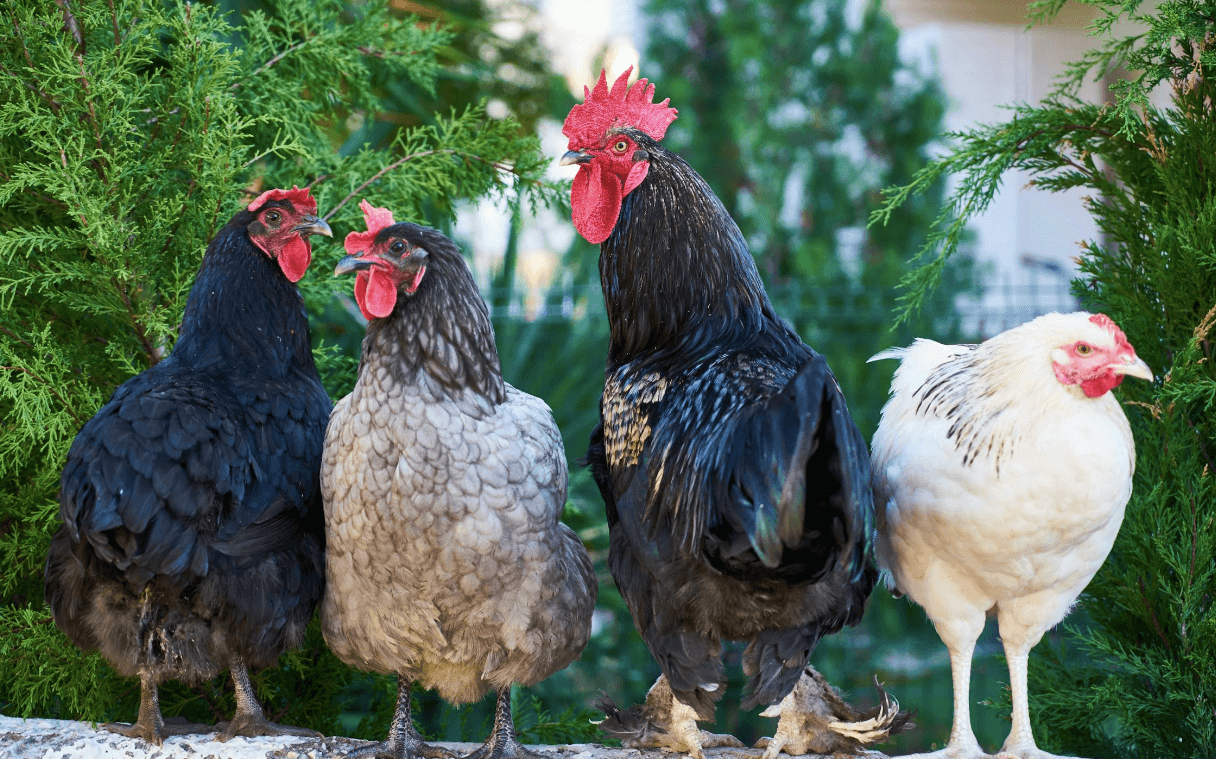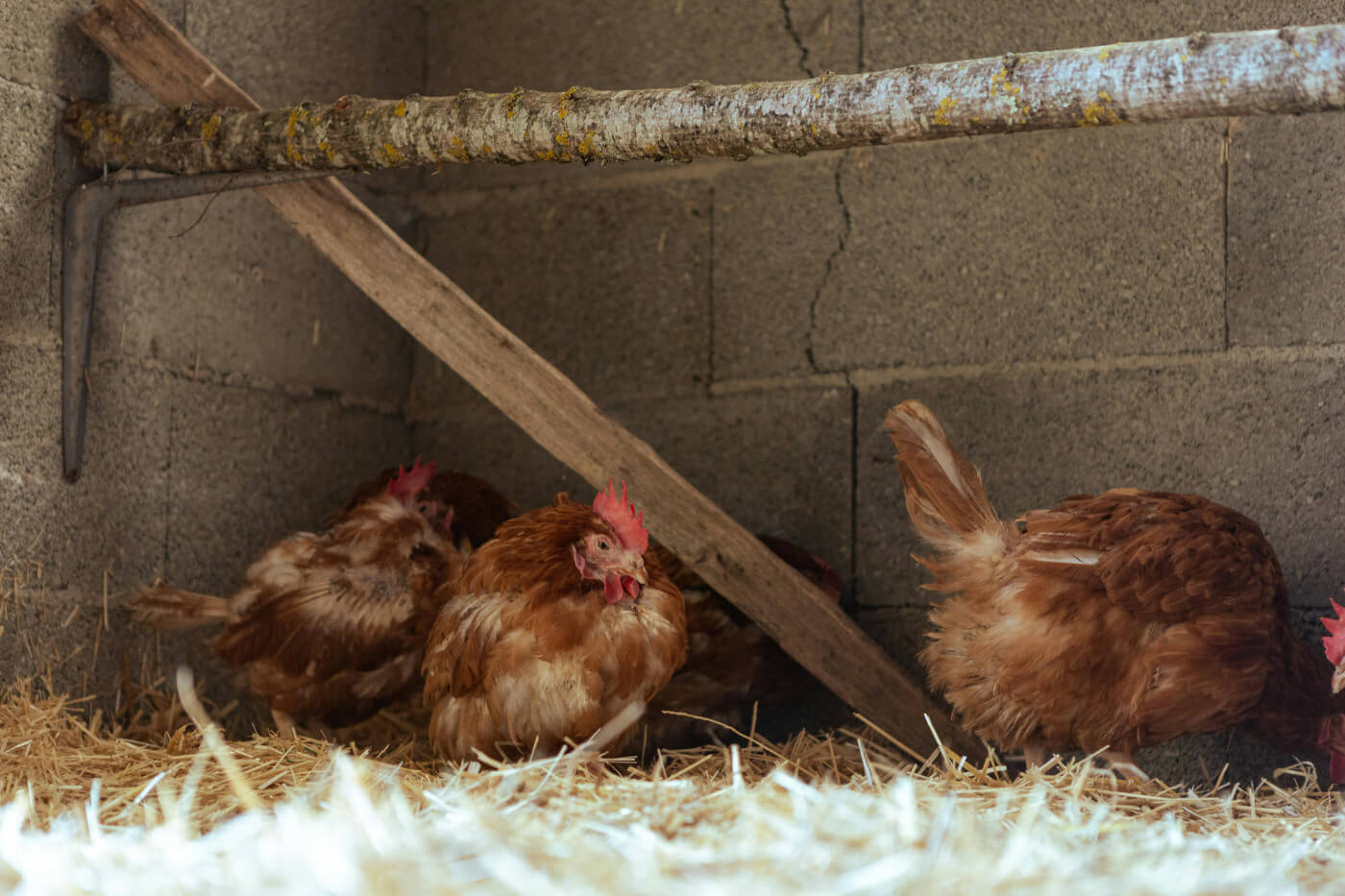Let’s say you’re starting a backyard chicken farm and eggs are what you’re aiming for. Your first concern is choosing the best egg-laying chickens.
Not all breeds are created equal (and they don’t all score highly at egg-laying), so you’ll first need to sift through an overwhelming amount of breeds. Great news, we've done all the research so if you don't want to know more head on over to our Chicken Breed Selector and go to town. We've got more good stuff below so for the rest of you read on.
Truth is, selecting among the best egg-laying poultry can be challenging as breeds can be very different when it comes to the numbers of eggs they can lay, with numbers spanning across as little as 100 eggs and as many as 300 eggs in the first year.
For example, Australorps and Leghorns are great egg-layers, whilst Bantams and Silkies aren’t that great. It’s important to know how to select from different types of breeds.
Without further ado, what follows is an actionable, hands-on guide for people looking for popular breeds for backyard egg production. We also include some extra insider tips for new aspiring chicken farmers aiming to hit the ground running (pun intended) and start rearing chickens.
What Are the Best Egg-Laying Chickens for Your Backyard?
So, once you know you have egg-laying production at the heart of your developing backyard farm, how do you choose the best egg-laying chickens for your backyard? It’s kind of self-explanatory but the answer is looking at breeds giving high egg numbers, that fit your climate and temperament requirements .
Yet, the story of counting eggs is not all black and white. There are a host of different factors that can affect the rate of egg-laying of your hens—including but not limited to daylight levels, feeding, type of breed, climate, housing, and space needs, among others.
That said, before segueing into the section dealing with the nitty-gritty of making your final choice, and getting into each particular breed, below is a table to give you a glimpse of some of the top breeds of laying hens (including rough egg number estimates).
Now, let’s dive deeper into what you can expect from each particular breed listed in our top egg-laying chickens rundown.
1. Leghorns
Leghorn is among the best layers and the breeds most widely bred in America today. While rearing Leghorns is not an easy ride and not quite the right breed for beginners to start with, averaging between 280 and 320 eggs per year (each weighing roughly 55 g), they are excellent egg layers.
According to the Agri Procurement Alliance or APA, there are many varieties of the Leghorn, each of which comes with different names. However, the heritage variety is the most typically used for backyard chicken rearing. Leghorns are also good contenders for egg-laying because they’re not particularly broody.
2. Plymouth Rocks
Plymouth Rock reaches far back into the poultry breeding history and is one of the most popular breeds for those interested in backyard egg production. The breed was prevalent in the post-World War II poultry farms in that degree that the name Plymouth Rock, before starting to denote the breed itself, was used to refer to any type of barred bird.
What makes Plymouth Rocks one of the best egg-laying chickens is their excellent egg production and hardiness. With just the right amounts of docility and broodiness, they’re a good choice for those looking to find low maintenance birds.
And then there’s longevity. Unlike most other breeds which are productive for 5-8 years tops, with Plymouth Rocks you can expect to have eggs for a whole decade. Given that they produce roughly 200 eggs per year, this gives you a pretty high overall score, we’d say.
3. Isa Brown Chickens
No one can beat hybrid chickens when it comes to egg production. Isa Browns are one such hybrid most well-known for being highly productive birds. Being able to lay 300-350 eggs per year they’re among some of the best chickens for egg production.
That translates to almost one egg each day of the year. And not only that. Isa Browns are particularly eager to lay. They start laying as soon as 16 weeks which makes them one month to two months ahead of other breeds when it comes to laying.
Isa Brown hens are docile and they easily adapt to a variety of climates. This makes them a good breed to start with when setting up a backyard chicken farm as a novice.
4. Australorp
Australorps are Australia-bred birds known for their egg-laying record, attractive looks, and brown eggs. Since the first development of the breed, there have been many varieties of the Australorp bird. In the breeders’ attempts to overcome broodiness issues, there have been many crosses until we got to what we have today.
Some of the most popular australorps are the Black Australorp, White Australrop (Austra White),
One thing's for sure, though, this bird is most popular for its record score in egg laying with one hen producing 364 eggs in a single year. Numbers don’t lie and in this case, the record has been confirmed as part of an official Australian trap-nest testing.
5. Sussex Hens
(Image source: Unsplash)
The Sussex is a well-known layer and a good forager of British descent. It arrived in the US in 1912 and was recognized by APA in 2014. Fast forward to 1929, it was recognized by APA again for the Speckled, Red, and Light varieties.
It’s one of the most popular breeds for backyard egg production. In fact, it’s quite productive, giving 250 or more eggs per year.
One of the oldest breeds, the Sussex breed comes with a fair share of other attractive qualities such as low maintenance and good looks. These birds are calm, friendly, hardy, and curious and they lay eggs religiously throughout the year.
6. Rhode Island Reds
Finally, Rhode Island Reds and Rhode Island Whites are another example of chickens that are great layers. They’re named after the Rhode Island from which they originated. Rhode Island Reds and Whites are ideal backyard chickens for laying eggs as they’re docile, and friendly, and they take confinement well.
Although known as dual-purpose chickens, they score well in the egg laying department, averaging 200 eggs per year. To be more precise, you can expect a dozen Rhode Island Reds to lay nine eggs a day for you.
Rhode Island Reds are a very forgiving, low maintenance breed, which makes it perfect for beginner chicken keepers. You’ll find heritage and industrial varieties in local hatcheries, with heritage breeds being more of a dual-purpose breed, and industrial ones being a better option for those focusing on egg production.
Reviewing Your Options—How Do You Pick Chickens for Egg Laying?
The whole business of choosing chickens for egg laying depends on your end goal. Are you raising your backyard poultry with the idea of cracking into the egg-laying business? Or are you looking for good poultry breeds to provide eggs for your personal needs?
If the former is true, you’ll need to factor in things such as egg-laying ability, broodiness, and space needs of each breed. Furthermore, you’ll want to choose less broody birds to shorten the time frame when your birds are not having eggs. If you’re planning to go big with your egg-laying business, keeping a large flock will require finding breeds that require less space or do well in cages.
Finally, if you’re planning to keep your flock in full-time or part-time confinement, you’ll need to choose chicken breeds that thrive well in confinement.
On the other side of the coin, if you keep poultry for personal needs, you don’t have to be too demanding when making the selection. The good news is that the number of breeds that can meet your needs will increase dramatically.
To understand how to get even more eggs from your chickens, check out the video below.
The Bottom Line
So, you want to get high-quality eggs from the best achievers in the egg-laying niche of chicken breeds? We hope we brought you to your end-goal as closely as possible. Remember, it all comes down to selecting birds that will fit the specific needs of your backyard farm.
Once you’ve settled on your final favorites, we can help you decide on the right chicken coop to house your favorite chickens in. The Chicken Coop Company has been around for a while and, trust us, we know a good chicken coop when we see one.
If you’re a novice chicken keeper eager to put more chicken breeding knowledge into practice, feel free to check out our other useful articles in this niche.





